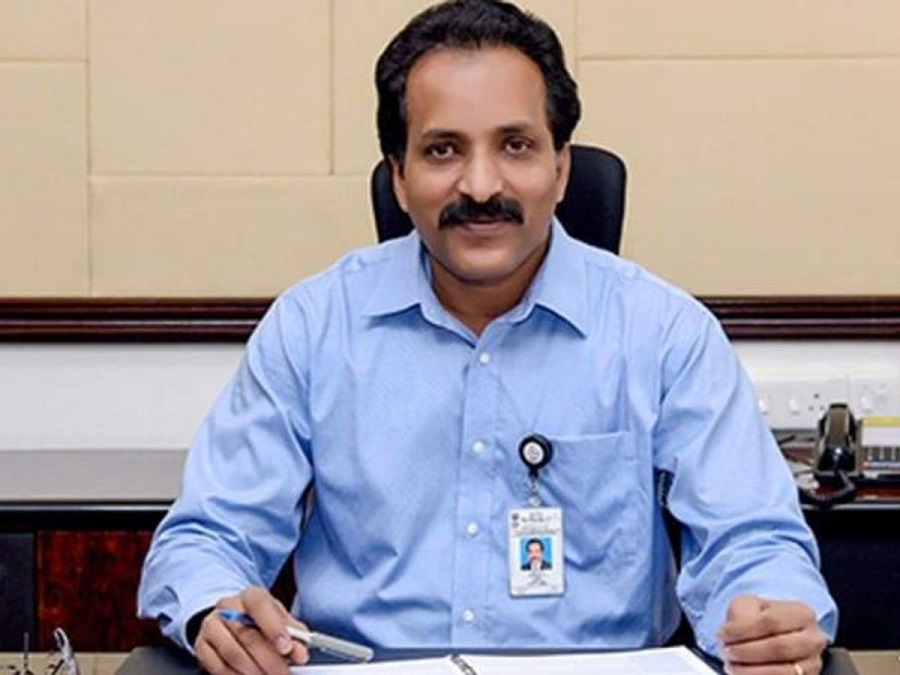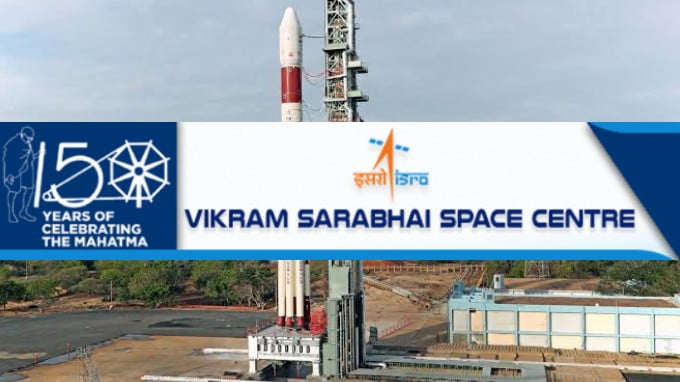The successful execution of the Pushpak Reusable Landing Vehicle (RLV) LEX 02 landing experiment took place on Friday at the Aeronautical Test Range in Chitradurga, Karnataka, conducted by the Indian Space Research Organisation (ISRO). This marks the second experiment in the series conducted by ISRO, as stated in their announcement today at 7:10 am.

Achievements of Pushpak RLV-LEX-02 Mission
The winged vehicle, Pushpak, was lifted by an Indian Air Force Chinook Helicopter and released from an altitude of 4.5 km. It autonomously approached the runway, made cross-range corrections, and landed precisely, utilizing its brake parachute landing gear brakes and nose wheel steering system.
https://x.com/IAF_MCC/status/1771126619815682402?s=20
Execution Details of Pushpak RLV-LEX 02
This mission successfully simulated the approach and high-speed landing conditions of the RLV returning from space. ISRO emphasized that through this second mission, they have re-validated the indigenously developed technologies essential for performing high-speed autonomous landings of space returning vehicles, including navigation, control systems, landing gear, and deceleration systems.
The mission also demonstrated the reuse capability of flight hardware and flight systems, with the airframe structure and landing gear strengthened based on observations from RLV-LEX-01.
Acknowledgment and Leadership by ISRO
 vISRO Chairman S Somnath praised the team for executing the complex mission flawlessly. Dr. S Unnikrishnan Nair, Director of the Vikram Sarabhai Space Centre (VSSC), highlighted that through repeated successes, ISRO has mastered terminal phase maneuvering, landing, and energy management in a fully autonomous mode, a critical step towards future Orbital Re-entry missions.
vISRO Chairman S Somnath praised the team for executing the complex mission flawlessly. Dr. S Unnikrishnan Nair, Director of the Vikram Sarabhai Space Centre (VSSC), highlighted that through repeated successes, ISRO has mastered terminal phase maneuvering, landing, and energy management in a fully autonomous mode, a critical step towards future Orbital Re-entry missions.
 The mission was accomplished by the Vikram Sarabhai Space Centre (VSSC) in collaboration with the Liquid Propulsion System Centre (LPSC) and the ISRO Inertial Systems Unit (IISU), with contributions from various agencies including the Indian Air Force (IAF), Aeronautical Development Establishment (ADE), Aerial Delivery Research and Development Establishment (ADRDE), and Centre for Military Airworthiness and Certification (CEMILAC).
The mission was accomplished by the Vikram Sarabhai Space Centre (VSSC) in collaboration with the Liquid Propulsion System Centre (LPSC) and the ISRO Inertial Systems Unit (IISU), with contributions from various agencies including the Indian Air Force (IAF), Aeronautical Development Establishment (ADE), Aerial Delivery Research and Development Establishment (ADRDE), and Centre for Military Airworthiness and Certification (CEMILAC).
Leadership and Guidance
The team was led by Sunil P, Programme Director of the Advanced Technology and Systems Programme at VSSC. J Muthupandian served as the Project Director for RLV, while B Karthik acted as the Deputy Project Director for this mission, as stated by ISRO.










